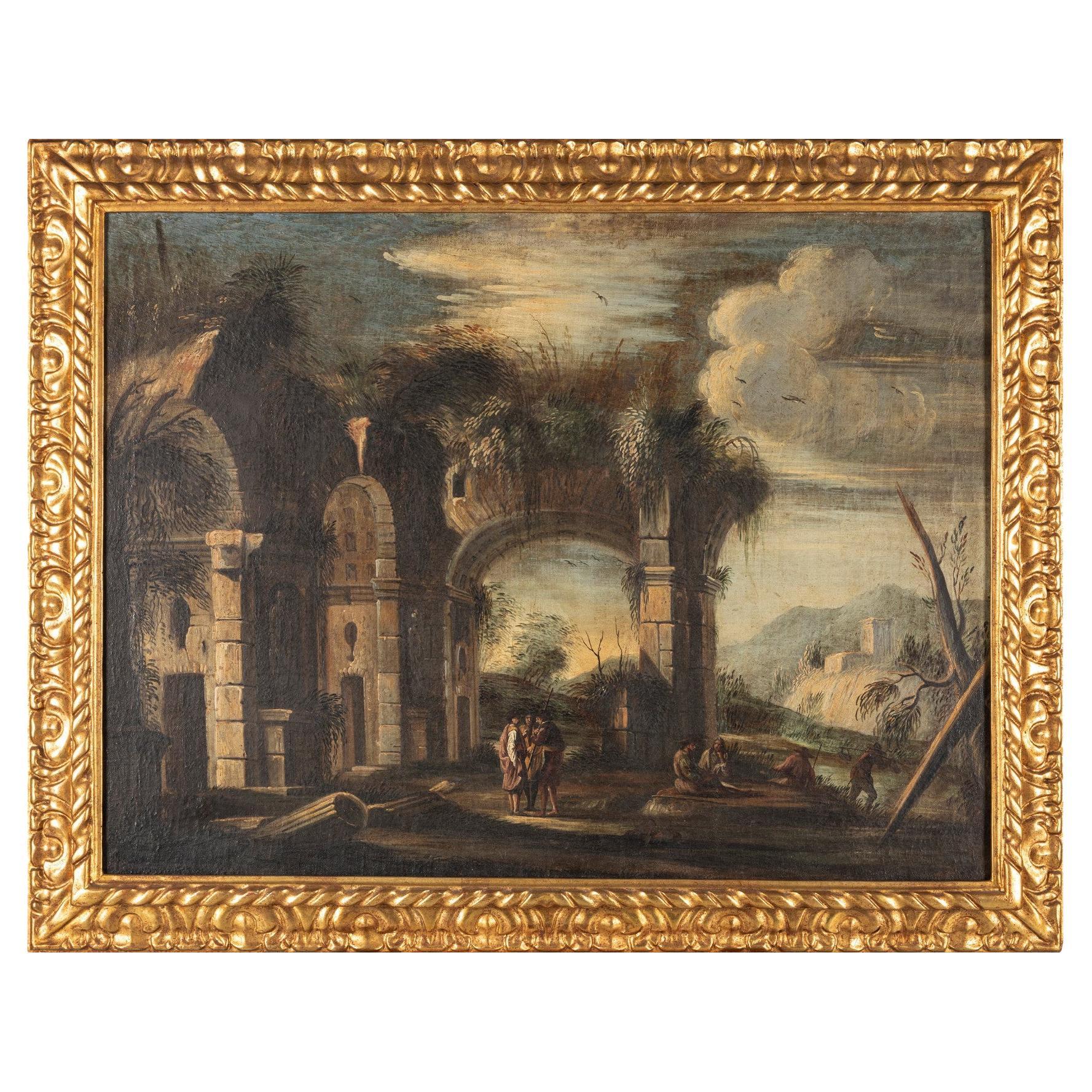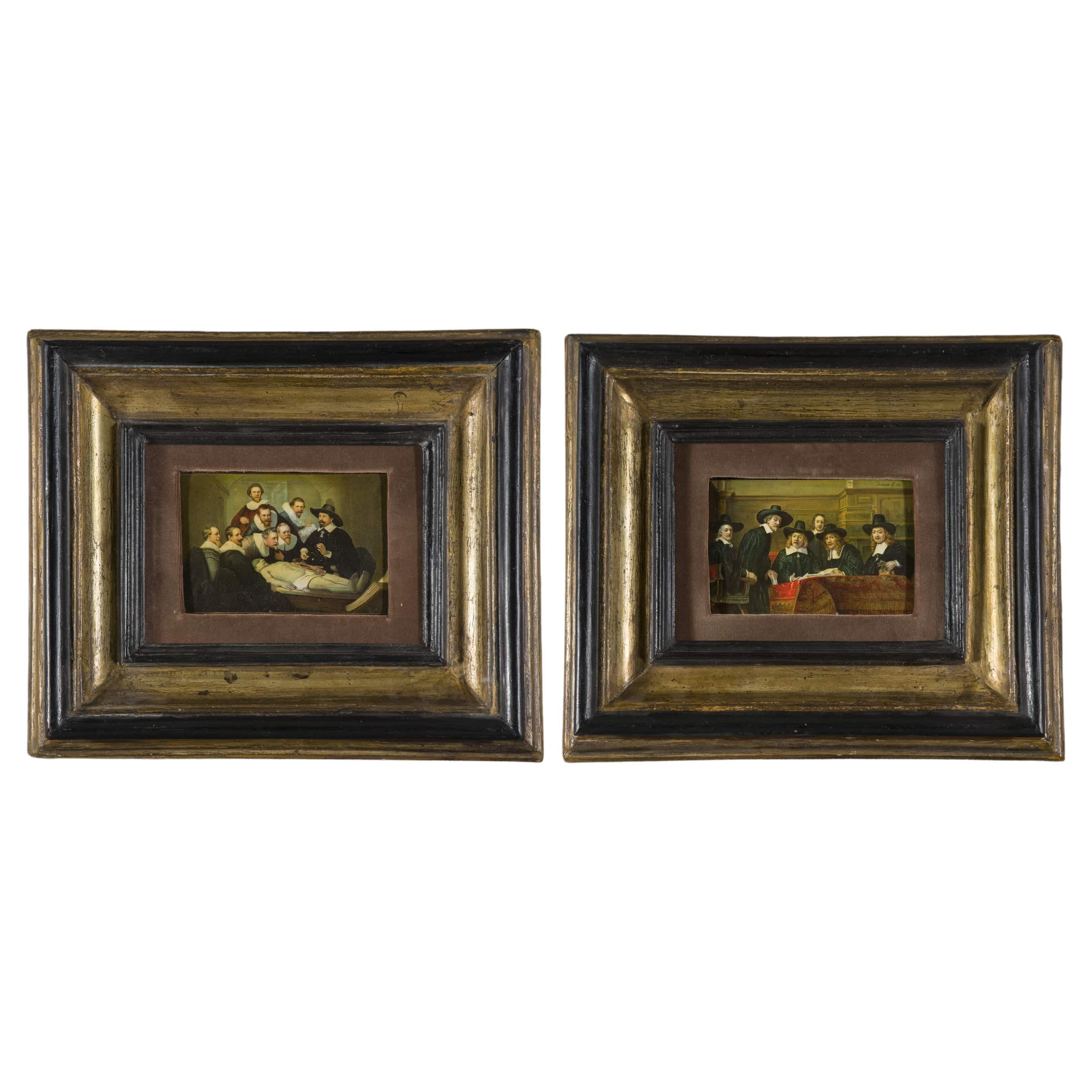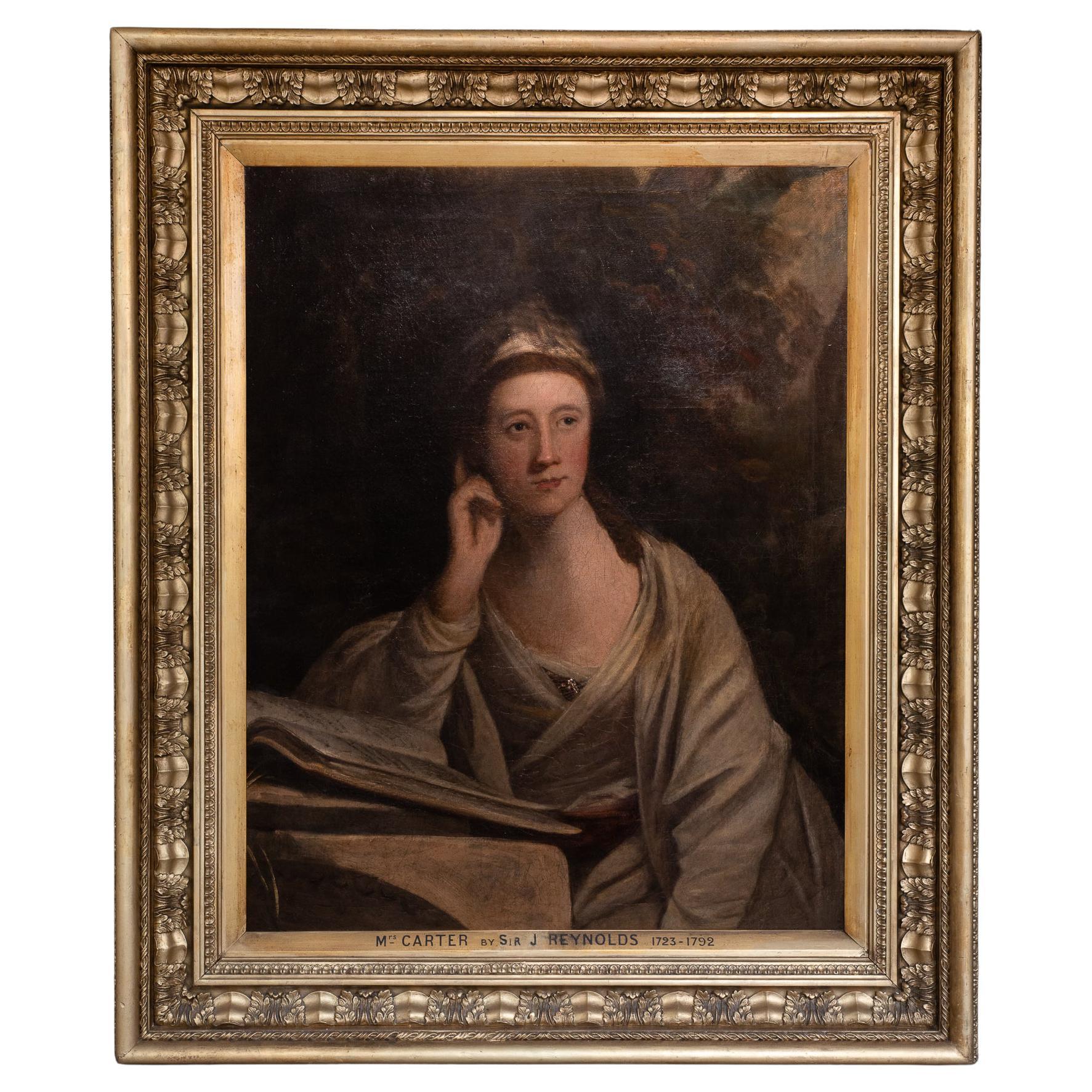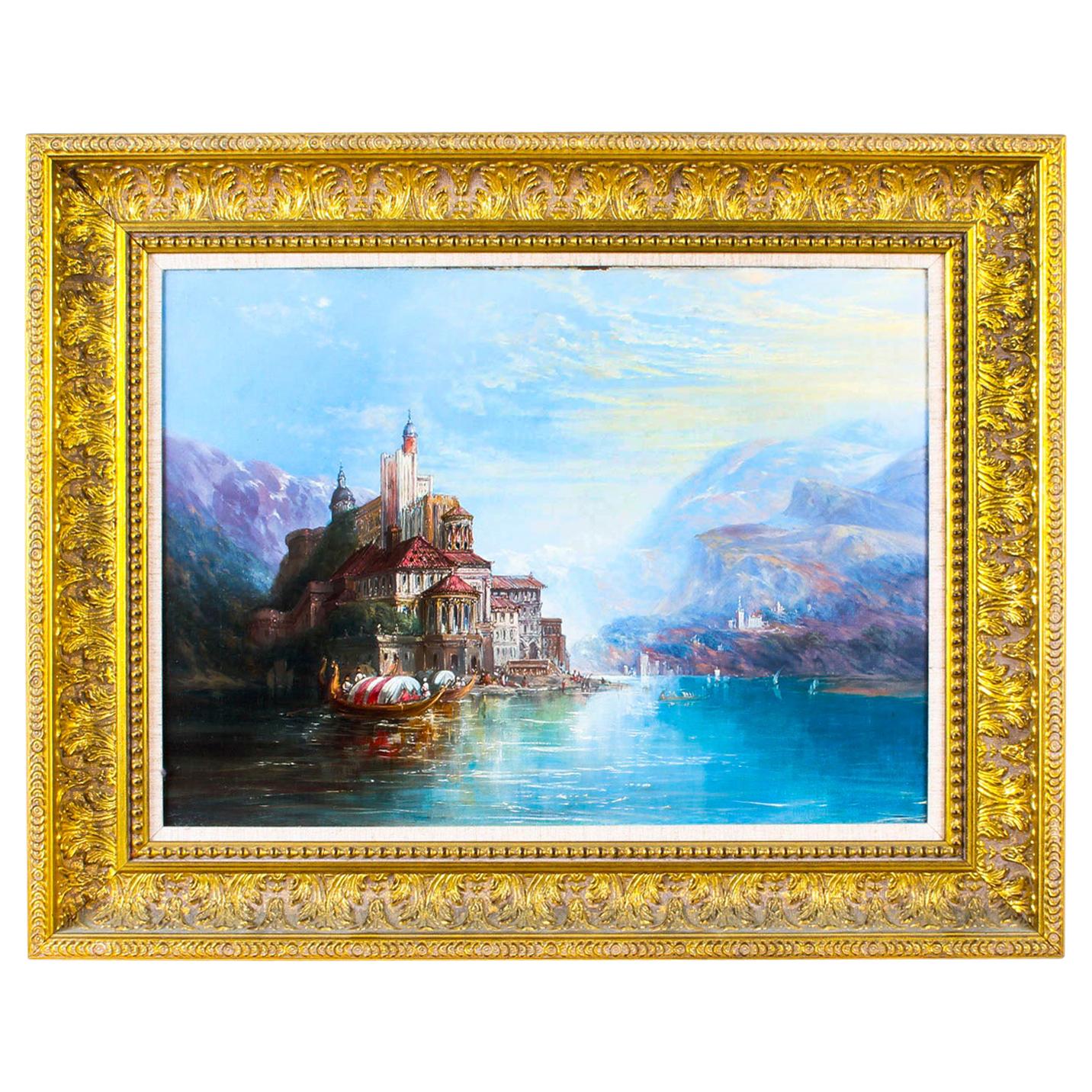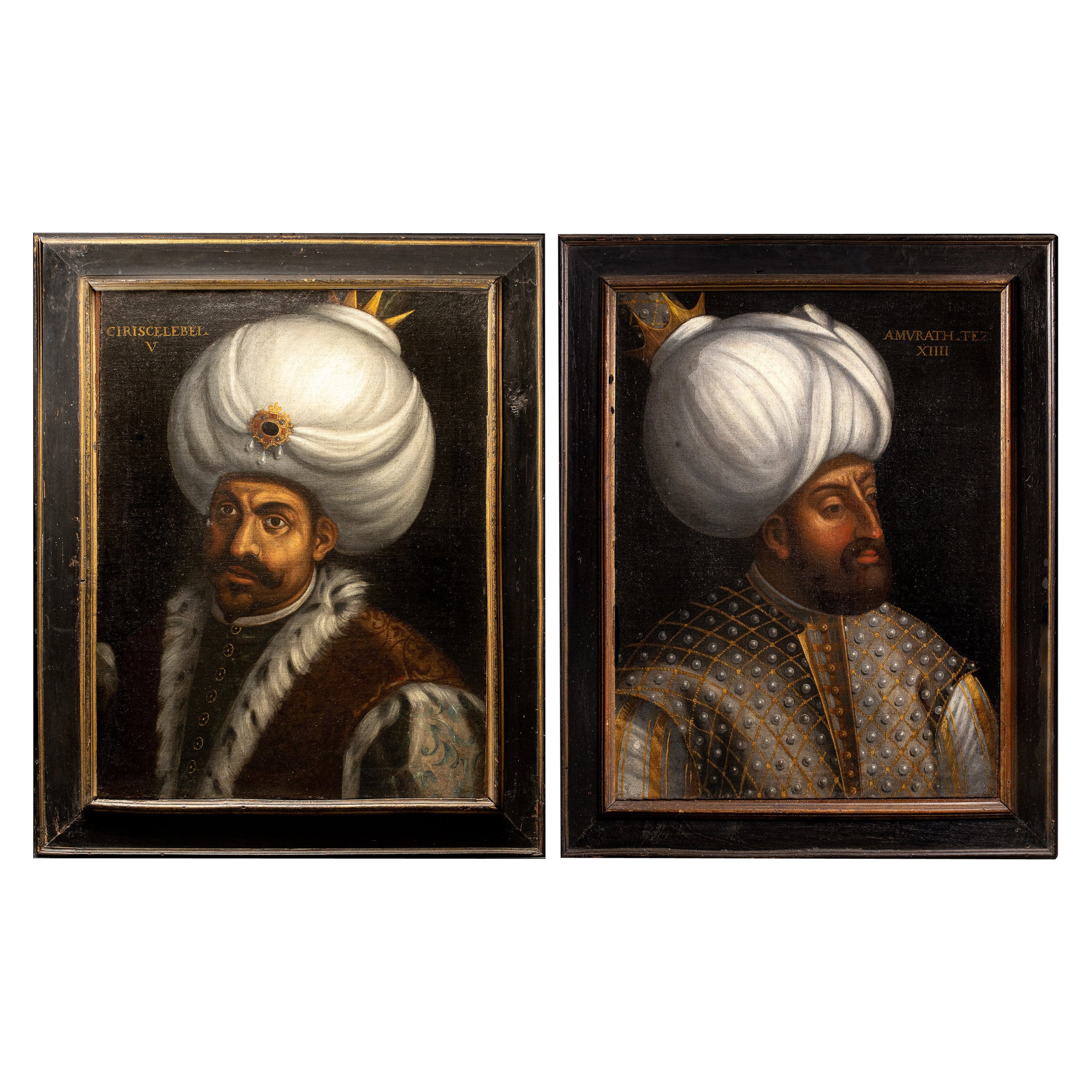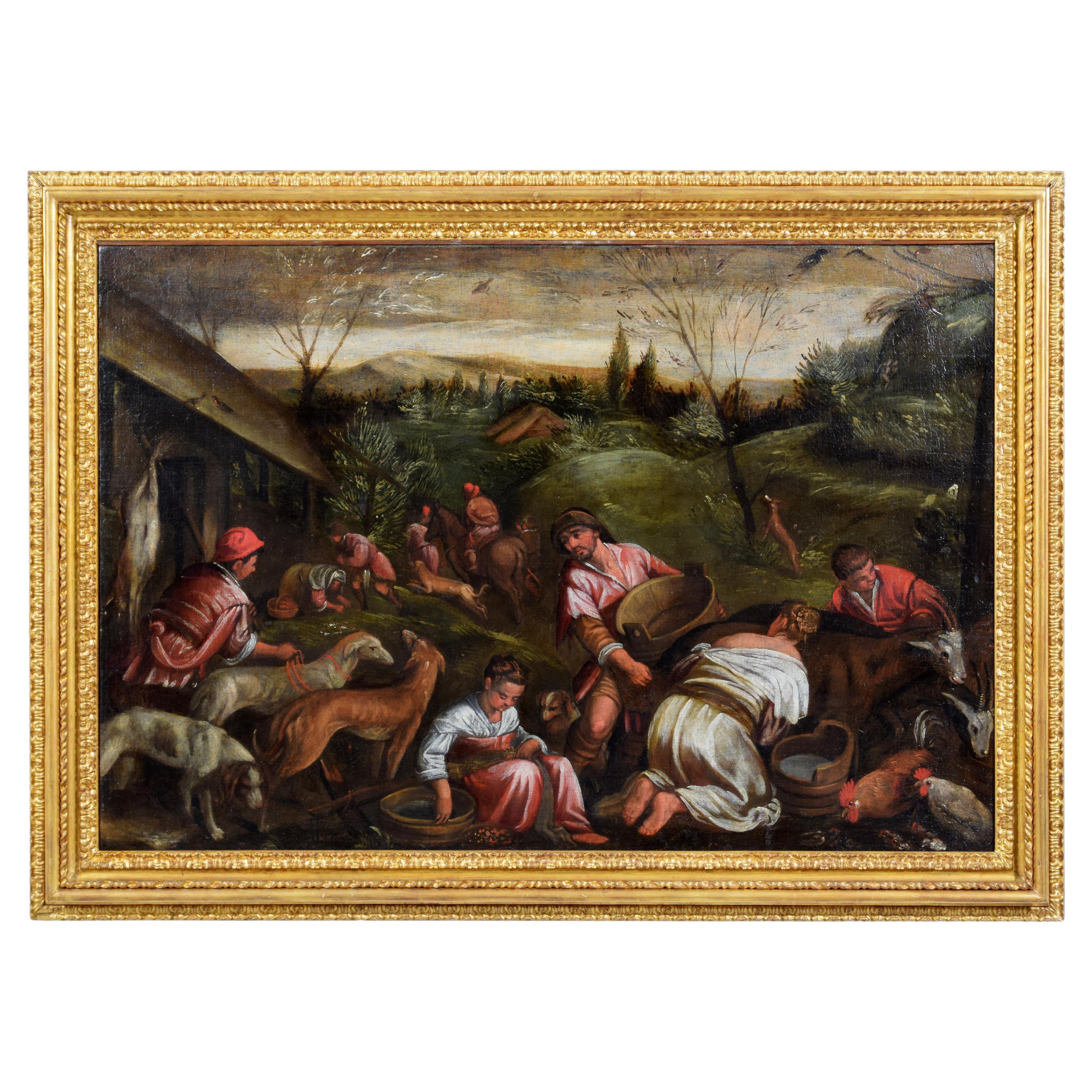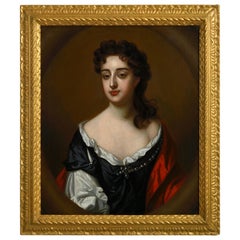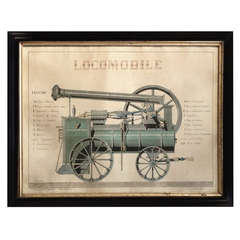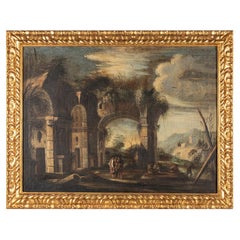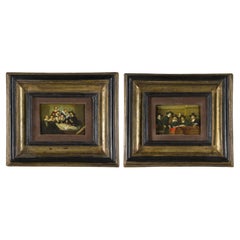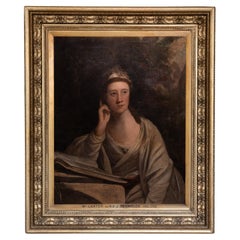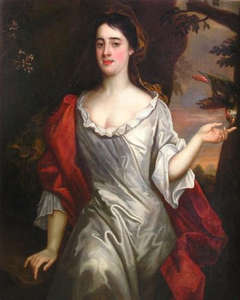
Follower of William Wissing,
View Similar Items
Want more images or videos?
Request additional images or videos from the seller
1 of 2
Follower of William Wissing,
About the Item
- Dimensions:Height: 44.5 in (113.03 cm)Width: 35.5 in (90.17 cm)
- Place of Origin:
- Period:
- Date of Manufacture:c. 1690
- Condition:
- Seller Location:London, GB
- Reference Number:Seller: 01331stDibs: LU103241134552
About the Seller
4.7
Vetted Seller
These experienced sellers undergo a comprehensive evaluation by our team of in-house experts.
Established in 2005
1stDibs seller since 2014
152 sales on 1stDibs
More From This SellerView All
- Jan van der Vaart Portrait of Dorothy, Lady BrownlowBy Jan van der VaartLocated in London, GBJan van der Vaart (1647-1727) Portrait of Dorothy, Lady Brownlow (1664-1700) Oil on canvas; held in a period carved wood frame circa 1687 Considered a beauty of the age, Dorothy, Lady Brownlow was painted on a number of occasions by some of the most talented and respected artists of the day; Kneller, Riley, Closterman, Dahl and Wissing, all rendered her features in oil for posterity. The portrait presented here is by Jan van der Vaart who from 1685-1687 was employed by Willem Wissing as a drapery and landscape painter. After Wissing’s death in 1687 he practiced as an independent portraitist much in the style of his master with some influence also of Kneller. This work is in fact the head and shoulders taken from Wissing’s three-quarter length of Lady Brownlow which hangs at Belton House, Lincolnshire and produced as a mezzotint in 1687. Van der Vaart has made some intriguing alterations particularly as the sitter now looks directly at us, appearing rather more provocative and self assured of her beauty. The confident rendering of the dress and pearls and the thickly drawn copious hair are hallmarks of Van der Vaart’s work. It is likely he completed this portrait – shortly after Wissing’s version – as a smaller variant intended for another family member as was often the practice. Dorothy Mason married Sir William Brownlow 4th Bt. in July 1688; she was the daughter and heir of Sir Richard Mason a politician and courtier to Charles II who owned estates at Bishop’s Castle, Salop and Sutton Surrey. She came from, and married into extreme wealth; her dowry upon marriage was £10,000 and on her death her husband inherited the estates that were once her father’s. In June 1697 William Brownlow succeeded his brother to the baronetcy and to most of his landed estates including Belton House. In 1698 he abandoned his Peterborough seat to contest Bishop’s Castle on behalf of his wife and in the interest of his mother-in-law, Lady Anna Mason...Category
Antique Late 17th Century English Paintings
MaterialsCanvas, Giltwood
- Late 19th Century Botanical Watercolor of a Red LilyLocated in London, GBA late 19th century botanical study depicting a red lily. Watercolor on paper held within a reeded giltwood frame.Category
Antique 1890s English Paintings
- 19th Century Technical Watercolor of a Green Steam Locomotive by Lois DuboisLocated in London, GBA 15/100 scale beautiful watercolor of a steam locomotive listing the technical names for the component parts and inscribed 'Pensionnat St Gabriel - Chatell...Category
Antique 19th Century French Victorian Decorative Art
MaterialsPaper
- Late 19th Century Botanical WatercolorLocated in London, GBA late 19th century watercolor and pencil study of a golden clematis, Clematis Tangutica. Watercolor and pencil on paper set within a reeded giltwood frame.Category
Antique 1890s English Paintings
- Late 19th Century Botanical WatercolorLocated in London, GBA late 19th century botanical watercolor depicting a spring blossom.Category
Antique 1890s English Paintings
- Late 19th Century Botanical WatercolorLocated in London, GBA late 19th century botanical watercolor, depicting an exotic cactus blossom. Set upon a paper mount within a reeded giltwood frame.Category
Antique 1890s English Paintings
You May Also Like
- Follower of Giovanni Ghisolfi Milano 1623 - 1683By Giovanni GhisolfiLocated in Firenze, ITShipping policy No additional costs will be added to this order. Shipping costs will be totally covered by the seller (customs duties included). Follower of Giovanni Ghisolfi Schol...Category
Antique 1670s Italian Baroque Paintings
MaterialsCanvas
- Pair of 19th Century Rembrandt Follower PaintingBy Rembrandt van RijnLocated in Roma, ITPair of important oil paintings by a follower of Rembrant The two works represent two celebrated paintings : "The Anatomy Lesson of Dr. Nicolaes Tulp" and "The Sampling Officials." ...Category
Antique 1890s Italian Baroque Paintings
MaterialsWood
$5,262 / set - 18th C, Portrait, Follower of Joshua Reynolds, Portrait of a Fine LadyBy Joshua ReynoldsLocated in Leuven , BEThe artist portrayed an upper-class lady who has some facial features of Reynolds' Mrs Andrews. More specifically, the long, straight nose and the large eyes. Her head resting on her...Category
Antique 18th Century British Paintings
MaterialsCanvas, Paint
- Salvator Rosa (follower of), Coastal Landscape with Armigers at RestBy Salvator RosaLocated in Spinea, VenetoSalvator Rosa, follower of (Naples, 1615 - Rome, 1673) Coastal landscape with armigers at rest Oil on canvas, 73×87 cm Monogram "SR" at lower left In overall very good condition ...Category
Antique 17th Century Italian Paintings
MaterialsCanvas
- Antique Oil on Canvas Landscape Painting follower of Alfred PollentineLocated in London, GBThis is a truly splendid antique oil on canvas painting featuring a continental mountainous lakeside scene with a palace, by a follower of the celebrated British artist Alfred Pollen...Category
Antique 1880s Paintings
MaterialsCanvas
- Pair of 16th C Portraits of Turkish Ottoman Sultans, follower of Paolo Veronese.Located in Leuven , BEPortrait of Sultan Isa Çelebi (died 1403),identity inscribed in Latin. Portrait of Sultan Murad III (1546–1595), identity inscribed in Latin. The present paintings refer to the works attributed to a follower of Paolo Veronese in the Bayerische Staatsgemälde Sammlungen , Würzburg . The paintings are comparable and complementary to a set of 6 Turkish rulers sold in 2022 for 1,5 M. by Sothebys. Located at the crossroads of East and West, the Ottoman Empire absorbed a diverse range of influences, including Chinese, European, and Persian, to produce a distinctive and coherent artistic language throughout a range of decorative arts. Ottoman expansion into Eastern Europe and subsequent access to the silver mines of the Balkans between the 14th and 16th C. led to a rich and skilled tradition of Ottoman silverware, tiles, dishes, and other ceramic objects. From the 16th to 19th C. the production of decorative arts continued to flourish with the introduction of both rococo and baroque elements signalling an increasingly open attitude to all things European. The production of Orientalist paintings is rich in topographical landscapes of Istanbul, genre scenes, and portraits of Ottoman notables. Europe’s fascination with its powerful, Muslim neighbours inspired a wave of accounts and paintings of the Ottoman world. The taking of Constantinople in 1453 by the young Mehmet II ('The Conqueror’) not only sparked this interest, but the young Sultan himself, who invited European painters to his court, further fuelled this fashion. The period following his reign saw relations between the Republic of Venice and its powerful neighbour reach a state of relative calm, initiating a period of exchange and trade. The present portraits of the Sultans, depicted in three-quarter view and wearing a large turban and richly embroidered cloak...Category
Antique 16th Century Italian Paintings
MaterialsCanvas, Paint
